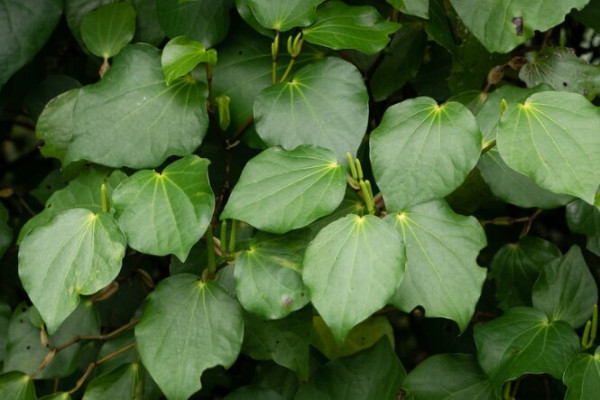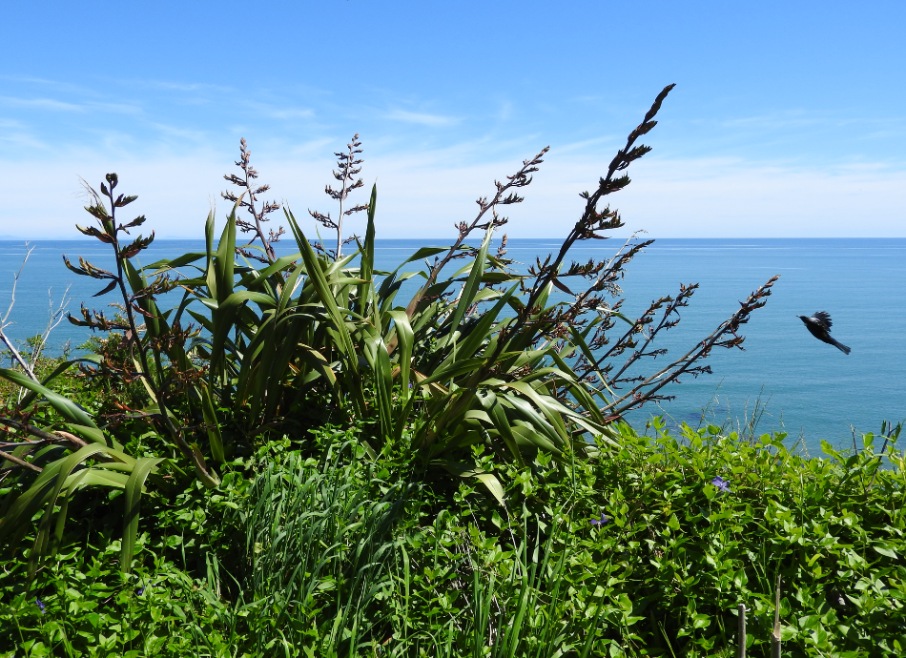"Rongoā Māori is a taonga (gift). It is something that is highly valued, to be treasured, treated with the upmost care and respect." (Quote from Pa Ropata).
Rongoā Māori was taught within Māori whānau and hapū through verbal communication and observation alongside a tohunga (an expert with the knowledge). Although few people have had a chance to learn in this way, its growing interest has allowed for the development of workshops and more formal qualifications.
Rongoā Māori is a lifetime journey for those who care for or utilise it. Rongoā Māori is seen in two main forms – rongoā rākau and Te Oo Mai Reia.
Rongoā rākau (plant remedies) are plant or tree-based medicinal remedies. For examples of plants used in rongoā Māori, see Demystifying Rongoā Māori – traditional Māori healing.(external link)

Kawakawa Image credit: Science Learning Hub – Pokapū Akoranga Pūtaiao, University of Waikato, www.sciencelearn.org.nz
Te Oo Mai Reia (spiritual healing) utilises different physical techniques alongside spiritual ones. Te Oo Mei Reia can be seen as Māori healing through prayer, cleansing work and bodywork, known as mirimiri (massage) and kōmiri (deep massage). Please note: the name of this type of healing and the variations may change from iwi to iwi but the principles remain the same.






